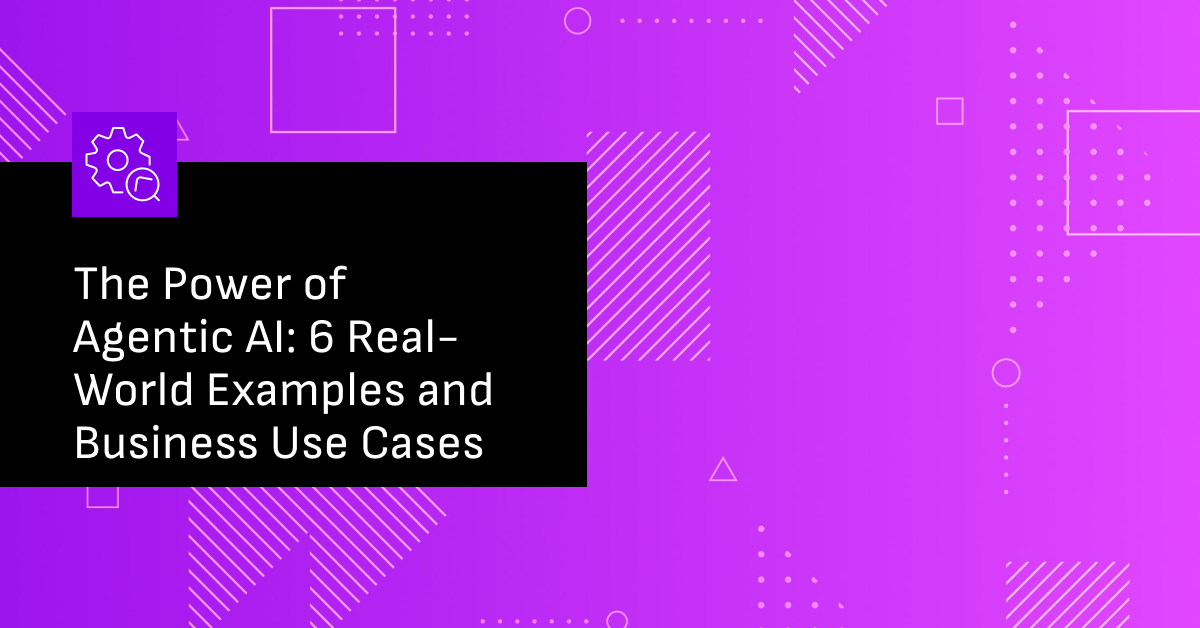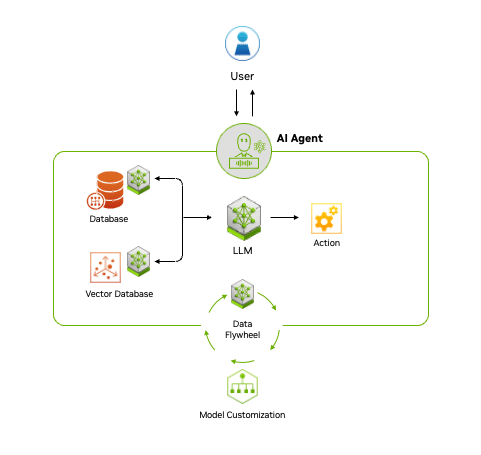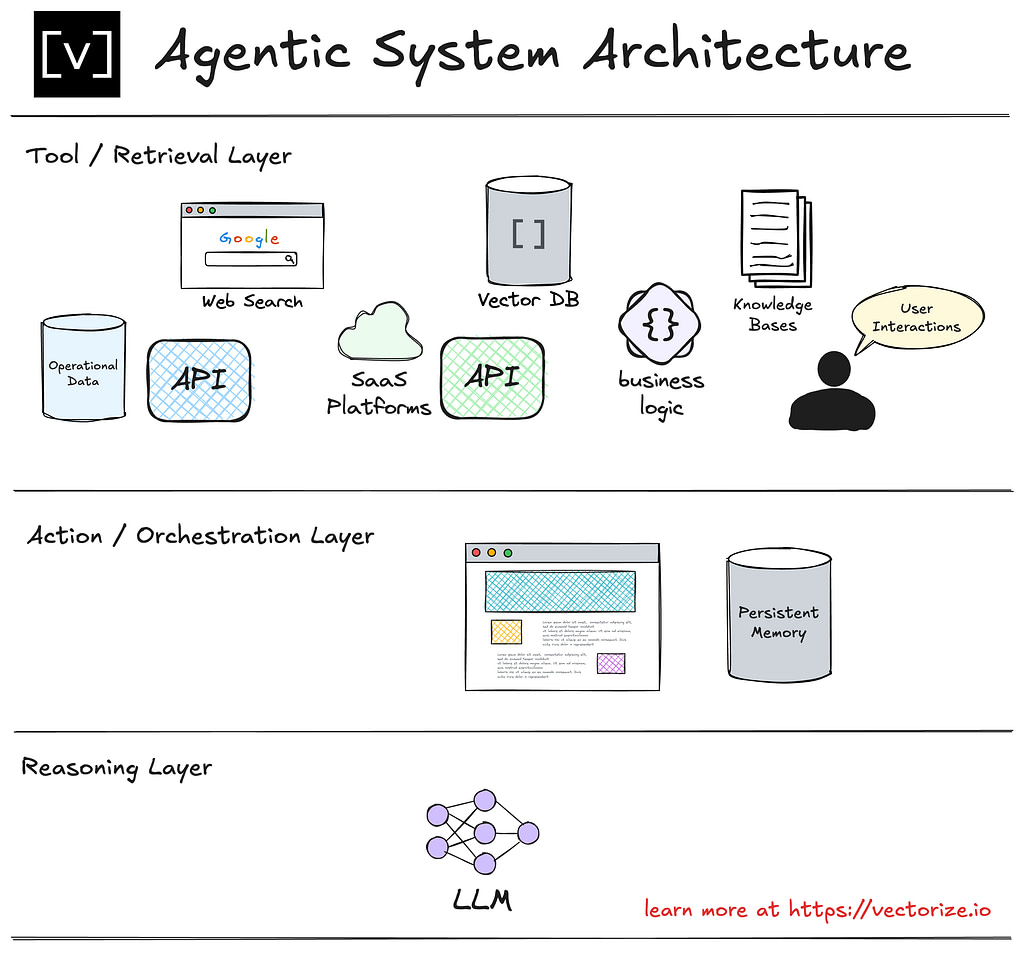Hugging Face Agentic AI Tool: Democratizing AI or Diluting Expertise?
When Hugging Face unveiled the Open Computer Agent—their free, web‑accessible, virtual Linux desktop agent—it instantly rekindled that age‑old tension in tech: does making powerful tools widely available foster creativity, or does it erode the depth of professional know‑how? Chatting with a friend over coffee, I found myself marveling at its simple elegance: type “open Firefox and find Hugging Face HQ on Google Maps,” and within moments the agent would orchestrate the clicks and keystrokes for you. Yet beneath that convenience lurks a question—if anyone can spin up complex workflows with minimal training, where does this leave seasoned engineers and domain experts?
Understanding Agentic AI
Agentic AI refers to systems that don’t just spit out predictions or generate text—they act on your behalf, planning multi‑step procedures and interfacing with software or web UIs autonomously. Unlike a typical chatbot, which responds passively, an agentic AI tool like Hugging Face’s can break down a goal (“book me a flight to Paris”) into subtasks: open the browser, navigate to an airline site, fill forms, and so on.

The Promise of Democratization
One of the most democratic aspects of the Hugging Face Agentic AI Tool is that it requires zero local compute. In an era when powerful GPUs are pricey, funneling workflows through a browser‑hosted agent levels the playing field for students, researchers in emerging markets, and solo developers.
The Flip Side—Dilution of Expertise
With drag‑and‑drop‑style agent prompts, non‑experts can cobble together automation pipelines—but without understanding underlying system calls or security implications. This is the heart of the “dilution” argument: do we risk creating a generation of “AI button‑pushers” who lack true technical depth?

Striking a Balance
Rather than fully autonomous agents, semi‑autonomous models—where human oversight intervenes at critical junctures—can preserve domain expert involvement. For instance, flagging a booking step for manual approval balances speed with control.
Real-World Use Cases
In my own research workflow, I’ve spent countless hours manually querying academic databases. By prompting the agent—“Search PubMed for ‘agentic AI workflows’ and compile abstracts into a CSV”—I cut review prep time by 70%.

At a recent university hackathon, teams used the Open Computer Agent to prototype data‑collection bots—pulling live COVID‑19 case stats from government dashboards. This hands‑on approach turned abstract AI lectures into interactive labs, boosting student engagement by 40%, according to organizers’ feedback.
Looking Ahead
Given Hugging Face’s open ethos, the community will continue releasing novel agents—“CodeAgent” for on‑the‑fly coding, “BioAgent” for lab protocol automation—spawning ecosystems reminiscent of smartphone app stores. This modular expansion multiplies capabilities without central bottlenecks.
At its best, the Hugging Face Agentic AI Tool embodies the spirit of democratized innovation—making sophisticated workflows accessible to anyone with a web browser. Yet that very openness underscores the risk of diluting the specialized expertise that underpins robust, secure solutions.
Moving forward, the real win will be hybrid approaches: tools that teach as they automate, templates that enforce best practices, and semi-autonomy that keeps domain experts in the loop. In this way, we can enjoy the productivity dividends of agentic AI—saving 70% of task time in research or auditing workflows—while continuing to nurture the deep skills that drive the next wave of AI breakthroughs.




















